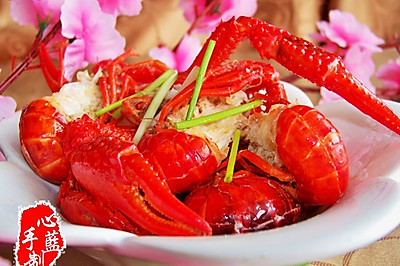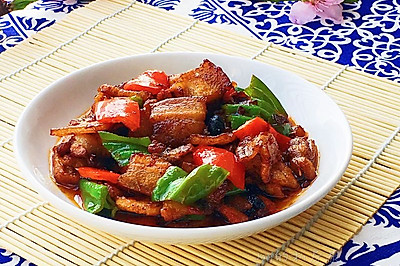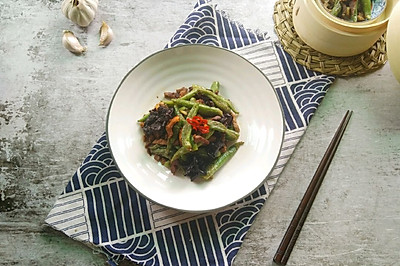
The old flavor of Shanghai -- noodles with scallion oil
(77180 views)
I have forgotten when and where I first tasted scallion oil noodles. But the taste of scallion oil noodles is always unforgettable. For me, who prefer pasta, I always like to order a bowl to taste whenever I have a chance. People often say that people who love to do must love to eat. I think so. I have collected a lot of recipes. They are complicated, simple, and I prefer simple and delicious ones) after trying, I summarized the recipe I shared today. The material is simple, the operation is easy, and the taste is all there. I think it's better than * Dingxuan's. interested friends can try it.
Cooking ingredients
Cooking Steps

Step1:Wash the shallot and drain the water slightly. Cut it into 6cm long sections. Split the shallot into two parts from the middle (I didn't split this time. It would be better to split it later

Step2:Put the chopped chives into a clean pan without water. Pour in oil. The amount of oil should not exceed 2 / 3 of the onion.

Step3:Turn on medium and small heat. Wait for the oil to heat. When you see that the onion is fried by oil, turn down the heat. Slowly boil the onion oil with small heat.

Step4:The cooking process of scallion oil can't be covered. Otherwise, the water vapor of scallion will not go out. It will affect the final taste. About half an hour or so. See that the color of the onion becomes darker. Pay attention to the observation. At this time, you can smell the very fragrant flavor of the onion oil. Observe that the color of the green onion leaves becomes darker and a little burnt, then turn off the fire. (pay attention to the observation of scallion leaves. Because scallion white will be more resistant to frying

Step5:Take the chives out of the oil first, so as to avoid frying them with the waste heat of the oil.

Step6:Let the scallion oil cool. Pour it into a clean container. Then put in the scallion leaves that are sandwiched out in advance. The scallion oil will boil well. It can be refrigerated. It can be kept for a month. It can also be used to mix cold dishes. Or it can be processed into onion juice on this basis.

Step7:Add the raw, old and sugar into a small bowl and mix well. Taste the taste. You can adjust it according to your taste. (I'm from the north, so the amount of sugar is relatively small. I like to add some sweet taste.) put the cool onion oil into the pot. Heat it over a small heat. Pour in the seasoning meter. Stir it evenly. Heat it together. Put the well cooked onion into the pot when it's fast heating. When the onion oil is bubbling, it means that the heating is completed. Turn off the fire.

Step8:Put the noodles in boiling water and bring them out. Pour some scallion oil with a clean spoon. Put some scallion in the scallion oil. You can eat them. If you want to be more beautiful, you can put some chives first. The onion juice that can't be eaten is put into the refrigerator and refrigerated. Because of the seasoning such as raw soy sauce, the storage time is not as long as that of the onion oil. But it can be preserved for 2 weeks.
Cooking tips:1. The quantity of onion and oil can be controlled by yourself. One principle is that the quantity of oil is less than 2 / 3 of that of onion. Because during the boiling process, the onion will become soft and small. This proportion is just right. 2. It's said that the more authentic way is to use only shallot leaves. I understand that it may be because the time when the shallot leaves and the shallot leaves are ripe is not the same. Therefore, it is recommended to split the green onion from it. This can avoid this problem. 3. I used to pour in raw soy sauce when the onion oil didn't cool. It was splashed everywhere. There was no problem with cold oil. 4. If you don't have chives, you can also use them. Pay attention to cut them evenly so as to avoid uneven heating and affecting the taste. 5. If you are worried about not mastering the feeling of scallion leaves scorching, you can turn off the fire when you see the color of scallion leaves getting darker. Because I prefer to eat shallot leaves that are a little bit burnt, so I will fry them a little bit. 6. Mastering the proportion principle of onion, oil and seasoning, you can cook it for yourself
 Chinese Food
Chinese Food












